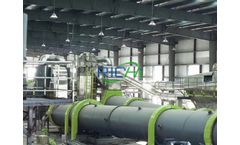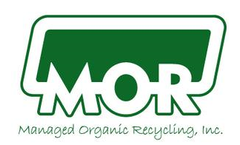Sludge Composting Articles & Analysis: Older
7 articles found
It is extensively used in the granulation of fermented fertilizers such as animals and also fowl manure, trash sludge, composting plant foods, straw rice husks, cassava residues, wine trough deposits, green manure cake fertilizers, peat, and also soil various fertilizers. ...
To further biologically stabilise the biosolids, in–vessel composting studies were undertaken. Results indicated that a 3 parts biosolids:1 part wood chips:1 part sawdust mixture and initial C : N ratio of 30 sustained thermophilic conditions for 12 days reaching a maximum temperature of 52°C and final C : N ratio of 21.Keywords: composting, biosolids, ...
Air Filled Porosity (AFP) is a key parameter in the composting process, conditioning oxygen availability and heat accumulation. ...
This research was conducted to study the influence of composting on tannery sludge contaminated by Cr, Cd, Zn, Cu, and Ni. Composting of sludge streams was performed in three different piles for 60 days. ...
Because incorporation of different organic amendments (OAs) is a common practice in this crop, this study investigated the effects of different OAs, including urban sewage sludge, poultry compost, and corn straw on the dissipation and metabolism of TA. ...
Utah Valley Daily Herald Article on the benifits on using micro-pore membrane compost covers when composting highly odorus material. In February of 2009 Utah Valley's North Sewer Distirict conducted a pilot study to determine the effectivness of mirco-pore membrane compost covers in reducing odors from biosolids (sewage sludge) ...
ABSTRACT Quality standards have been recently established in France for sewage sludge composts and other urban composts (greenwaste, biowaste and municipal solid waste composts). ...




